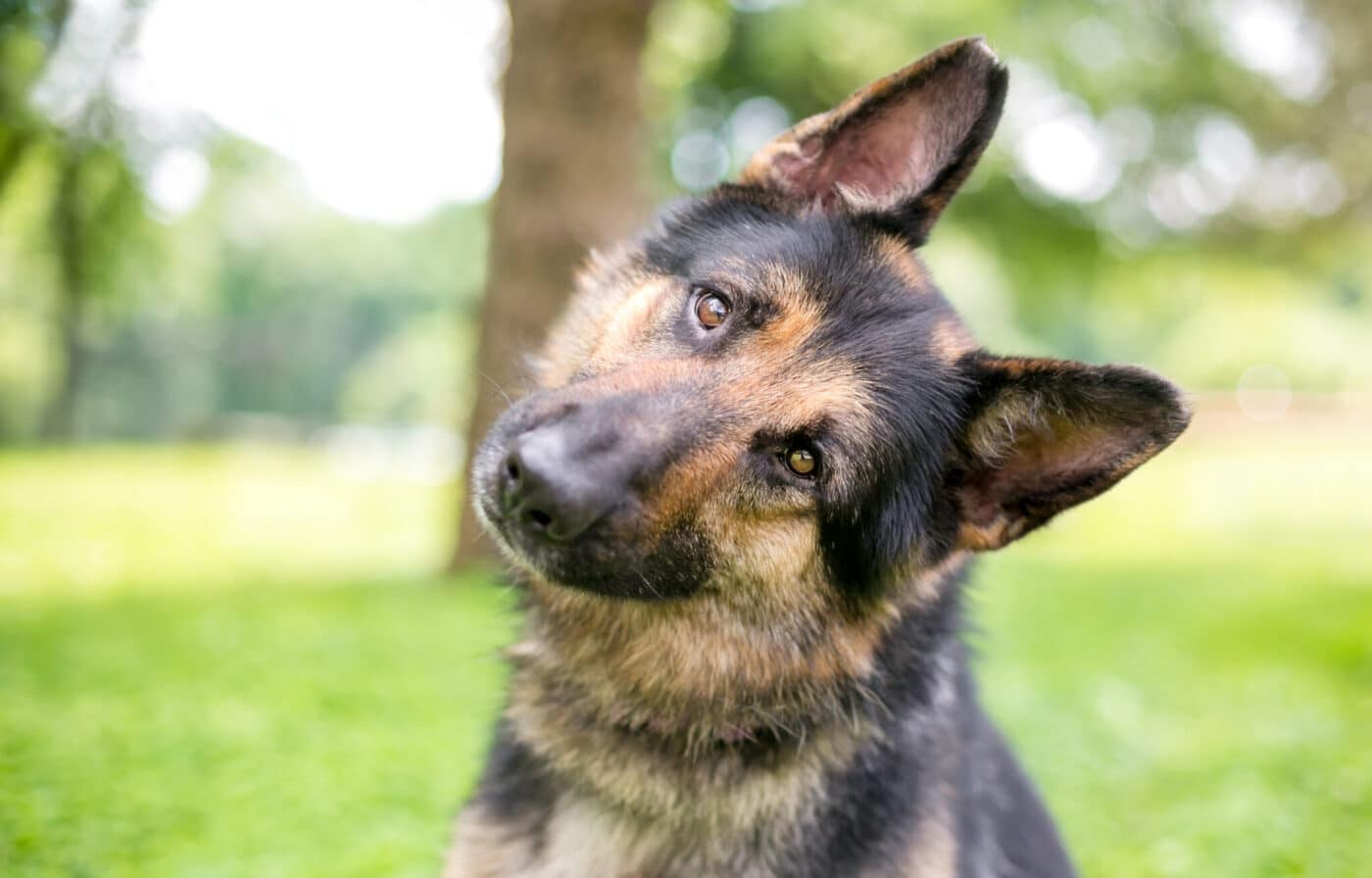 Shutterstock
Shutterstock
Dogs may not speak our language but remarkably, communicate their thoughts and feelings. They tell us what’s happening in their minds through various signals, like tail wags, body posture, and facial expressions. We can strengthen our bond with them by paying attention to these non-verbal cues and responding more effectively to their needs. Understanding these signs allows us to create a deeper, more connected relationship with our beloved furry companions, whether they’re seeking affection, comfort, or trying to convey something important.
Tail Wagging
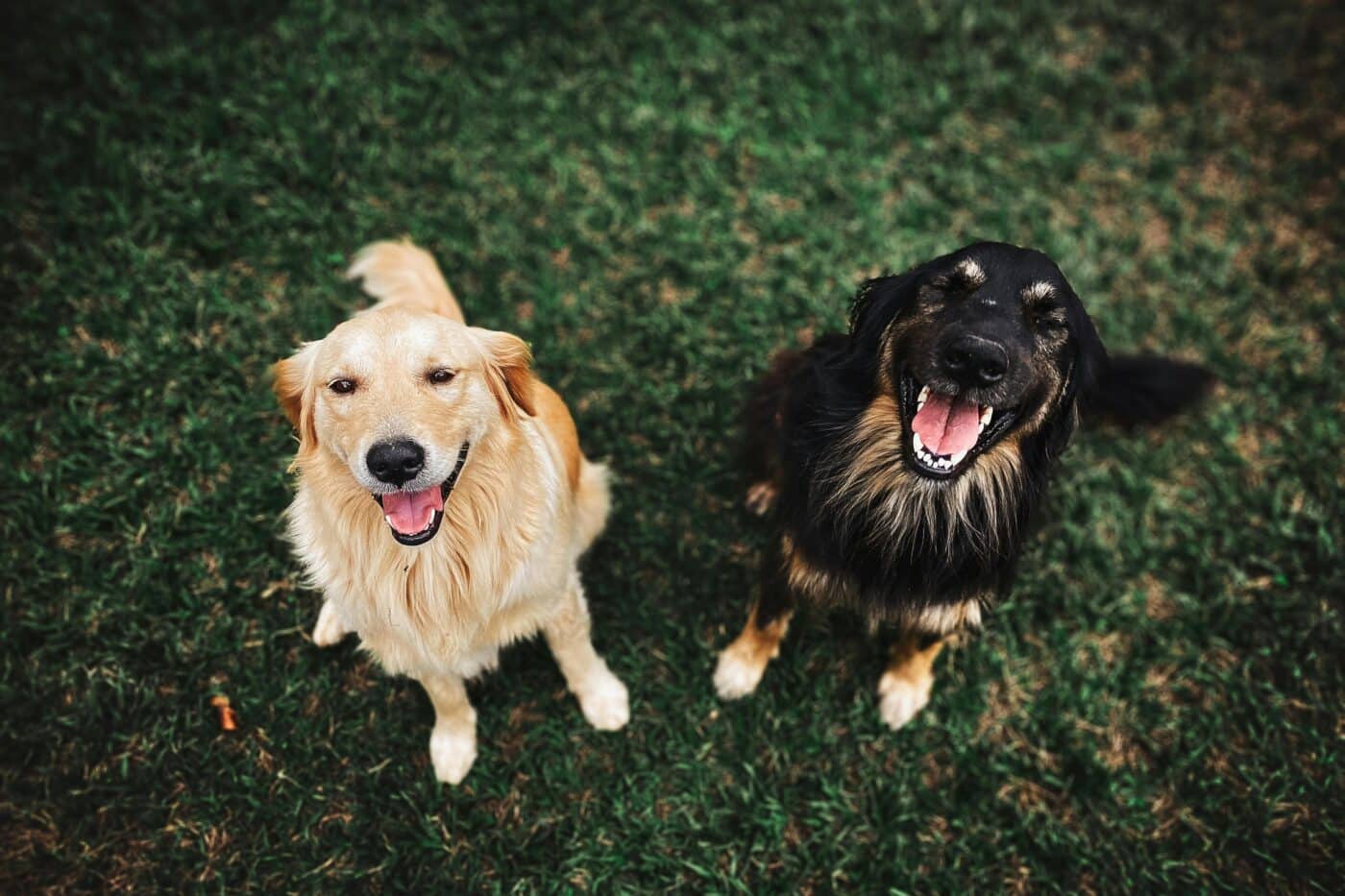 Shutterstock
Shutterstock
One of the most obvious ways dogs communicate is through tail wagging. A wagging tail isn’t just a sign of happiness—it can indicate a variety of emotions depending on the speed and position. A slow wag often means a dog feels cautious or unsure, while a fast, broad wag typically signals excitement and joy. However, if their tail is held high and wagging stiffly, they might feel confident or even a bit dominant.
Ear Position
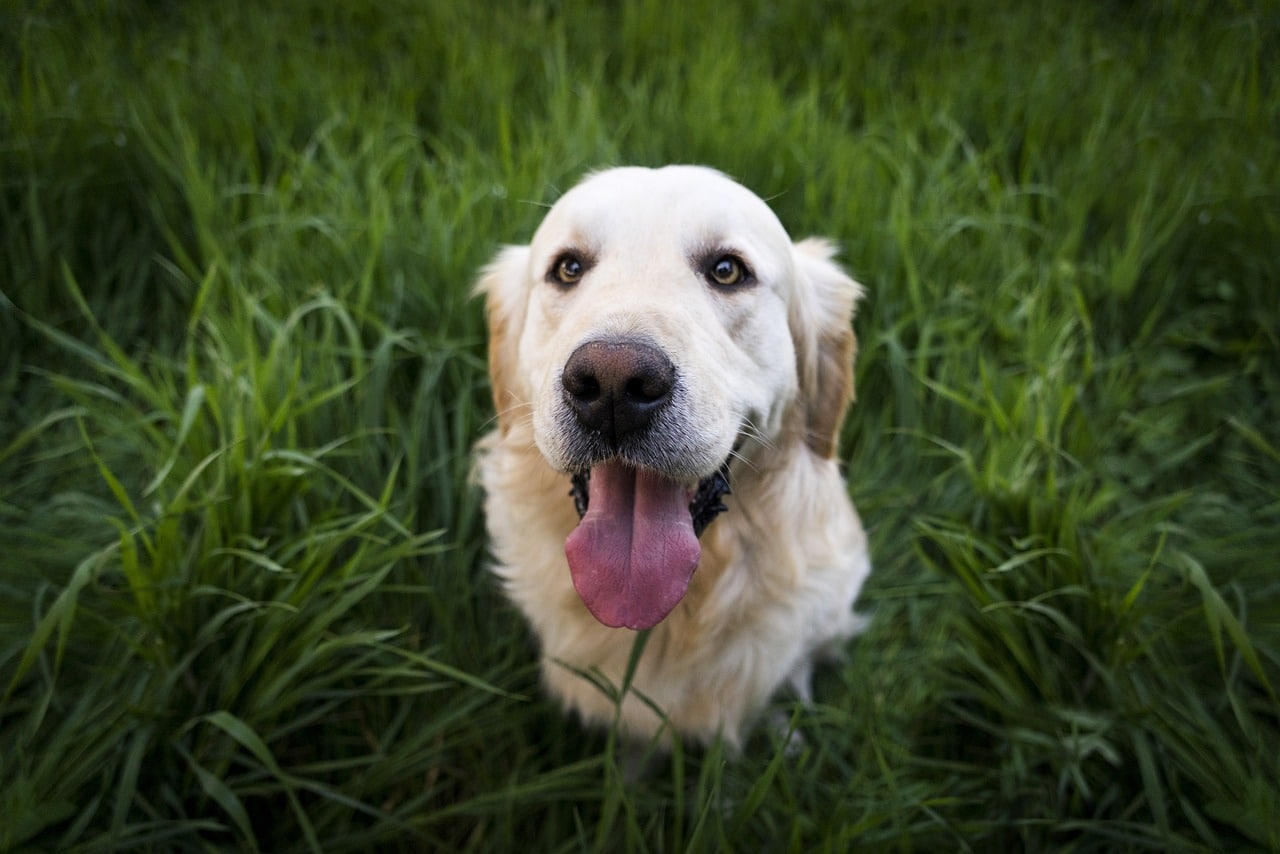 Shutterstock
Shutterstock
A dog’s ears can be just as expressive as their tail. When a dog’s ears are pricked forward, they are likely focused and alert, perhaps interested in something in their environment. Drooped or flattened ears, on the other hand, usually signal that a dog is feeling submissive, nervous, or even afraid. By watching your dog’s ear movements, you can gain insight into how they’re processing what’s going on around them.
Eye Contact
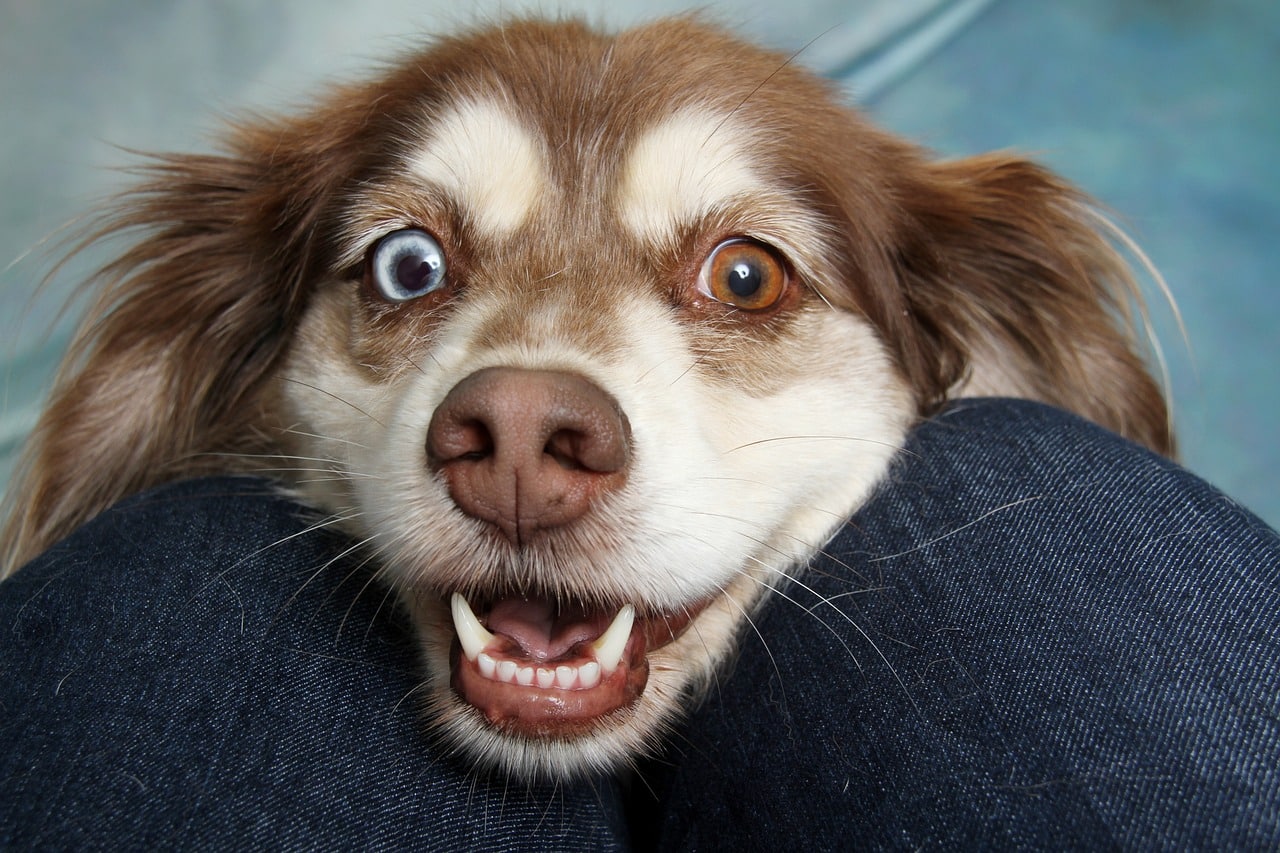 Shutterstock
Shutterstock
Dogs use eye contact to communicate a lot of different messages. Direct eye contact can signify trust and affection, especially if they look at you with soft, relaxed eyes. On the other hand, if their gaze is hard and unblinking, it could be a sign of aggression or dominance. A dog that looks away quickly might be showing submission or simply signaling they’re not a threat.
Leaning Against You
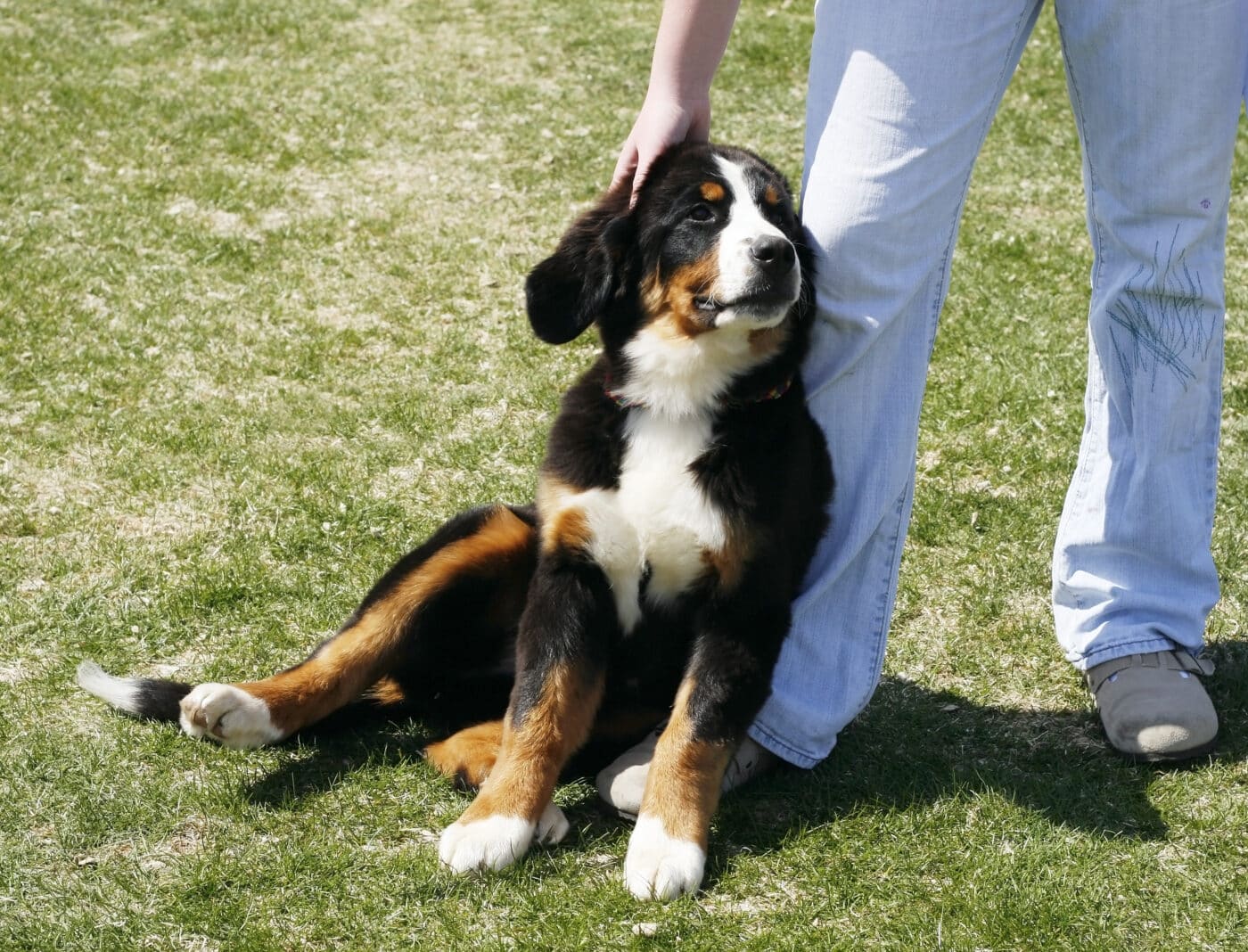 Shutterstock
Shutterstock
When a dog leans against you, it’s usually their way of asking for reassurance or showing affection. This close contact lets your dog feel connected to you, whether looking for comfort or just trying to share a moment. Some dogs will lean when anxious, while others do it simply because they want to be closer to their favorite human.
Pawing at You
 Shutterstock
Shutterstock
When your dog paws at you, they try to get your attention. Whether they’re looking for a belly rub, a treat, or just some playtime, pawing is their way of saying, “Hey, I need something!” It can be hard to resist those puppy eyes and persistent paws, so it’s no wonder dogs use this move to communicate when they need something from you.
Tilting Their Head
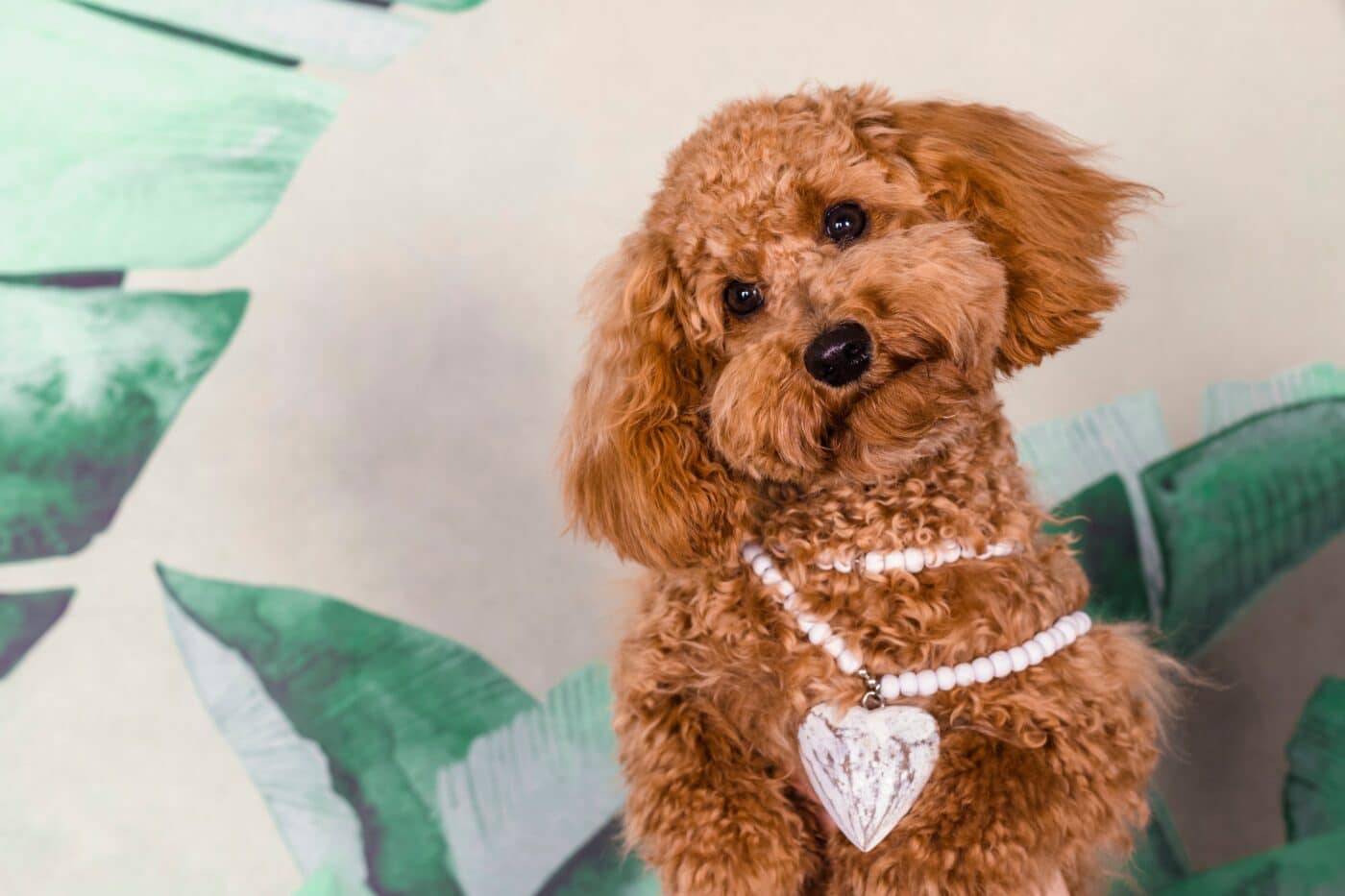 Shutterstock
Shutterstock
The classic head tilt is one of the most endearing ways dogs communicate. When a dog tilts its head, it’s often because they’re trying to figure out what you’re saying or understand a new sound. It’s a sign that they’re focused and engaged, and let’s be honest—it’s hard not to melt when they look at you with that inquisitive expression.
Licking
 Shutterstock
Shutterstock
Licking is a multi-purpose behavior in dogs. While it’s often a sign of affection, dogs also lick to show submission or communicate that they’re feeling anxious. Sometimes, licking can even be a request for attention or food. Regardless of the reason, a dog’s licks are their way of saying, “I care about you,” or “Hey, notice me!”
Rolling Over
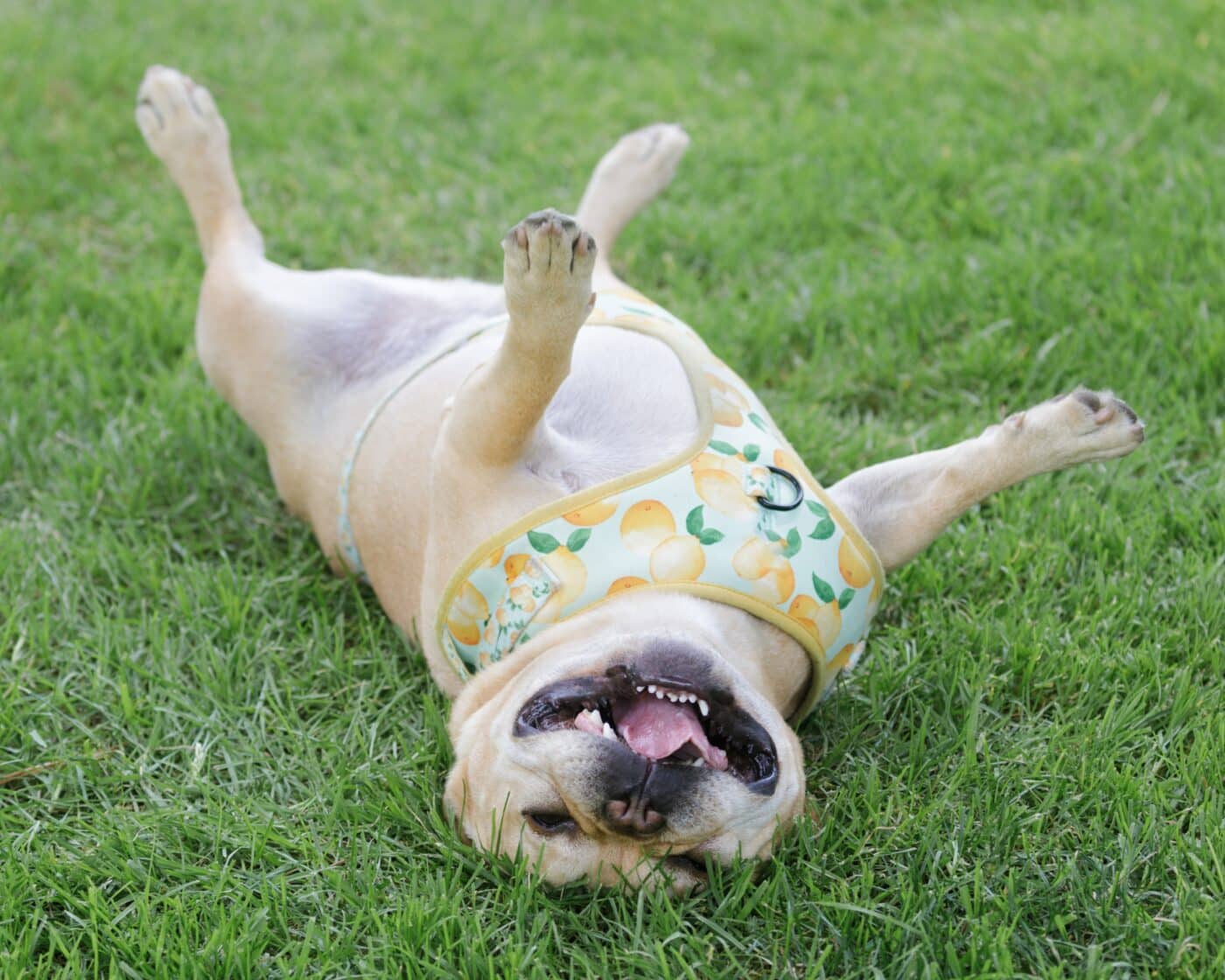 Shutterstock
Shutterstock
A dog rolling over and exposing their belly shows trust and submission. They say, “I feel safe with you,” or “I’m not a threat.” However, some dogs will roll over to invite playtime or ask for belly rubs. Either way, rolling over is one of the most clear-cut ways dogs communicate their comfort level and affection.
Showing Their Teeth (In a Smile)
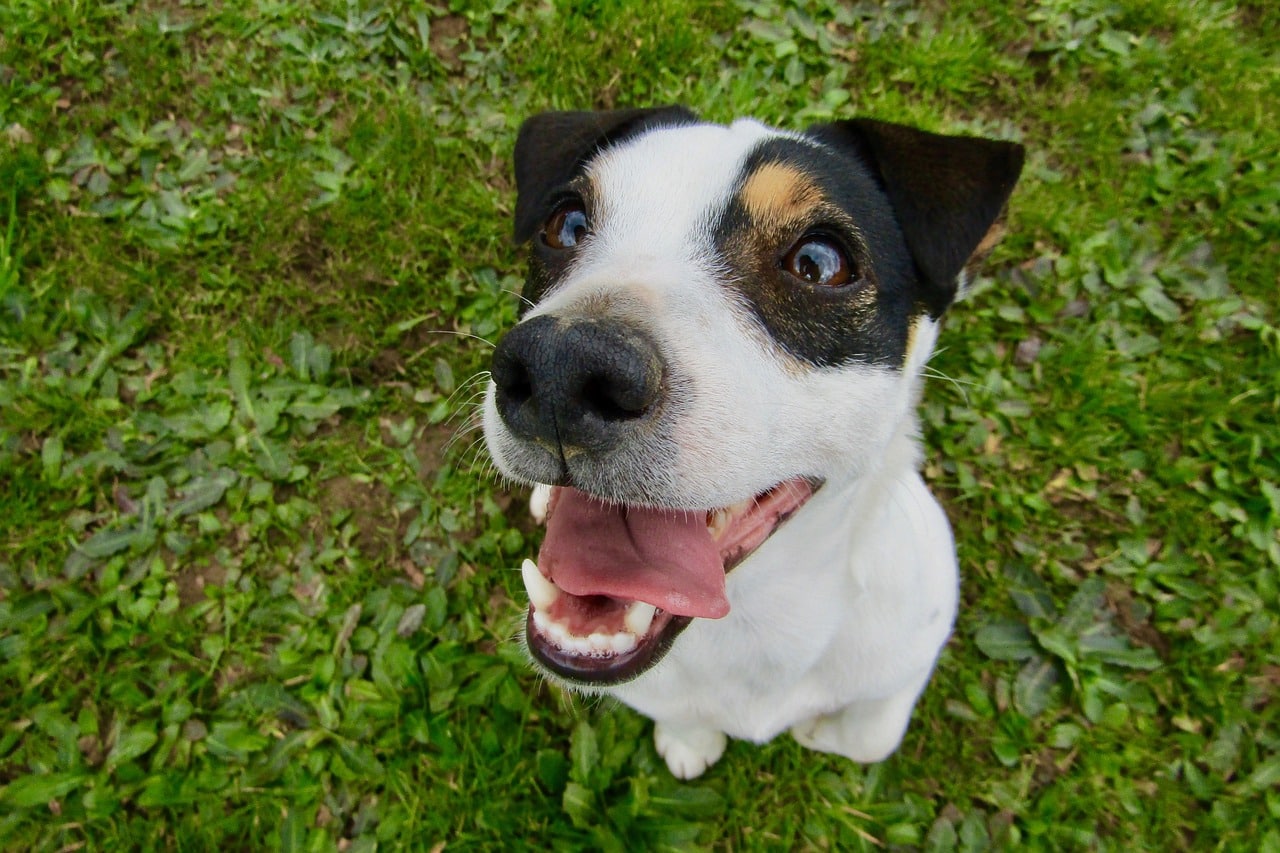 Shutterstock
Shutterstock
Believe it or not, some dogs actually smile! This behavior can be seen when they lift their lips to show their teeth, often accompanied by a wagging tail and relaxed body posture. It’s a non-aggressive way of saying, “I’m happy!” Just be sure to differentiate this from a snarl, a more threatening display. A true doggy smile is all about joy and playfulness.
Yawning
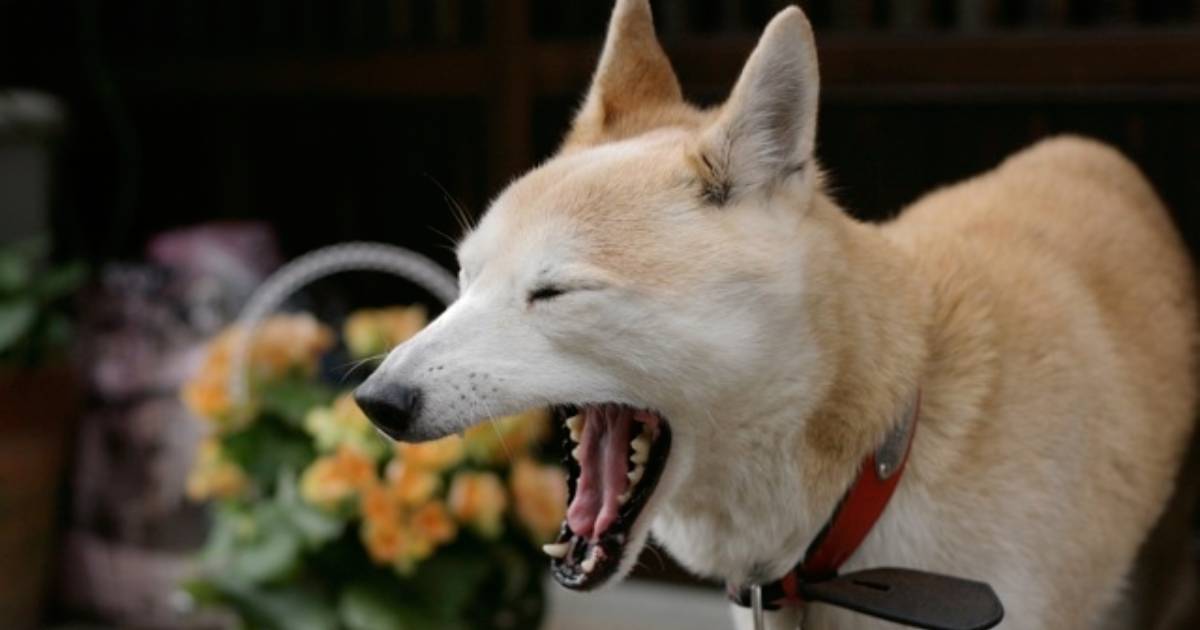 Shutterstock
Shutterstock
While yawning is a common sign of tiredness, it can also indicate stress or discomfort in dogs. If your dog is yawning excessively in a new or overwhelming situation, it’s a good idea to help them feel more at ease. On the flip side, yawning can also be a way for dogs to mimic their owners’ behavior, showing empathy and connection with you.
Barking
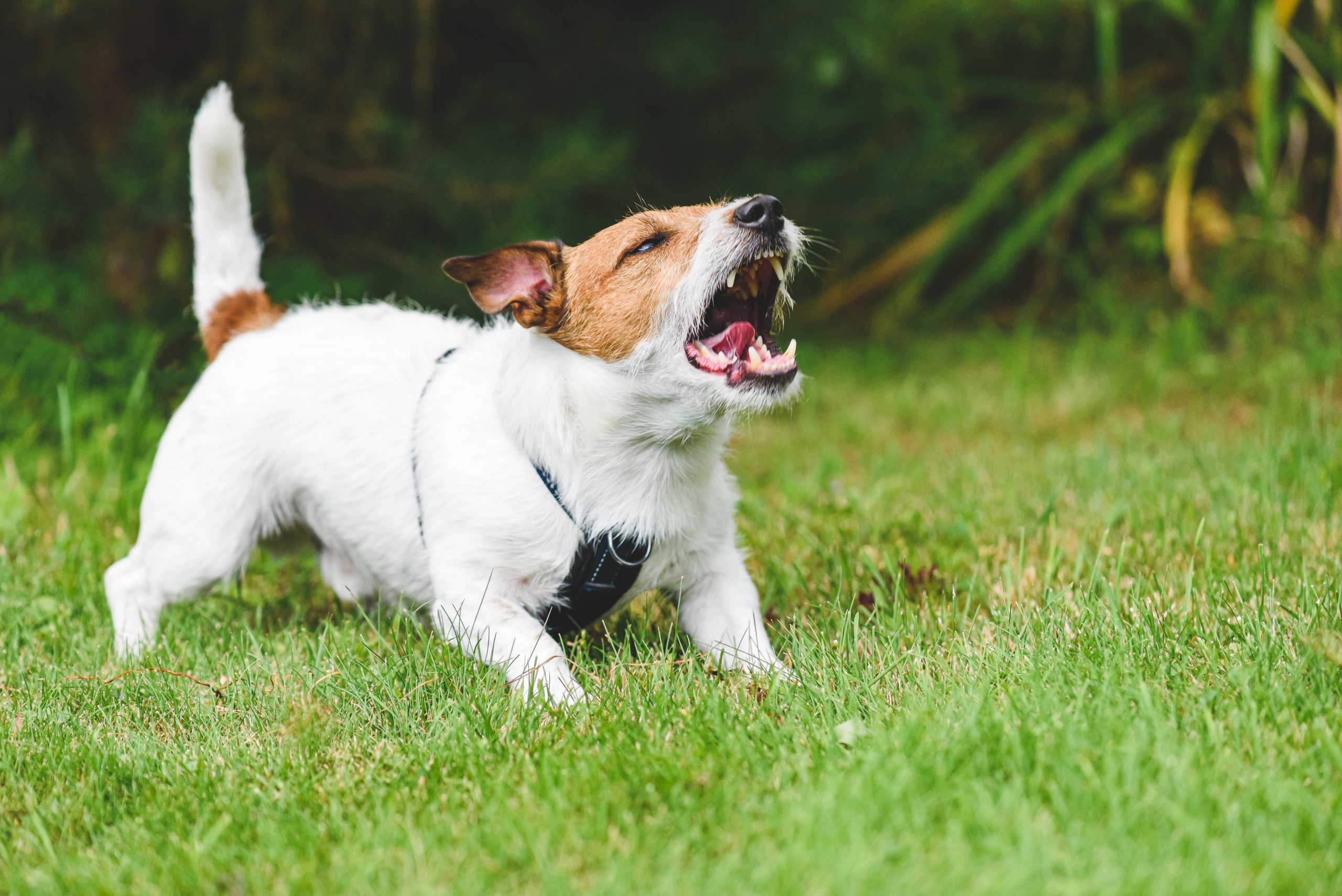 Shutterstock
Shutterstock
While dogs don’t use words, they certainly use barking to communicate their point. Different barks can mean different things—a short, sharp bark can indicate excitement, while a low, repetitive bark might signal that they’re on alert or trying to warn you of something. Some dogs are more vocal than others, and understanding the tone and frequency of their barks can help you figure out what they’re trying to tell you.
Bringing You Toys
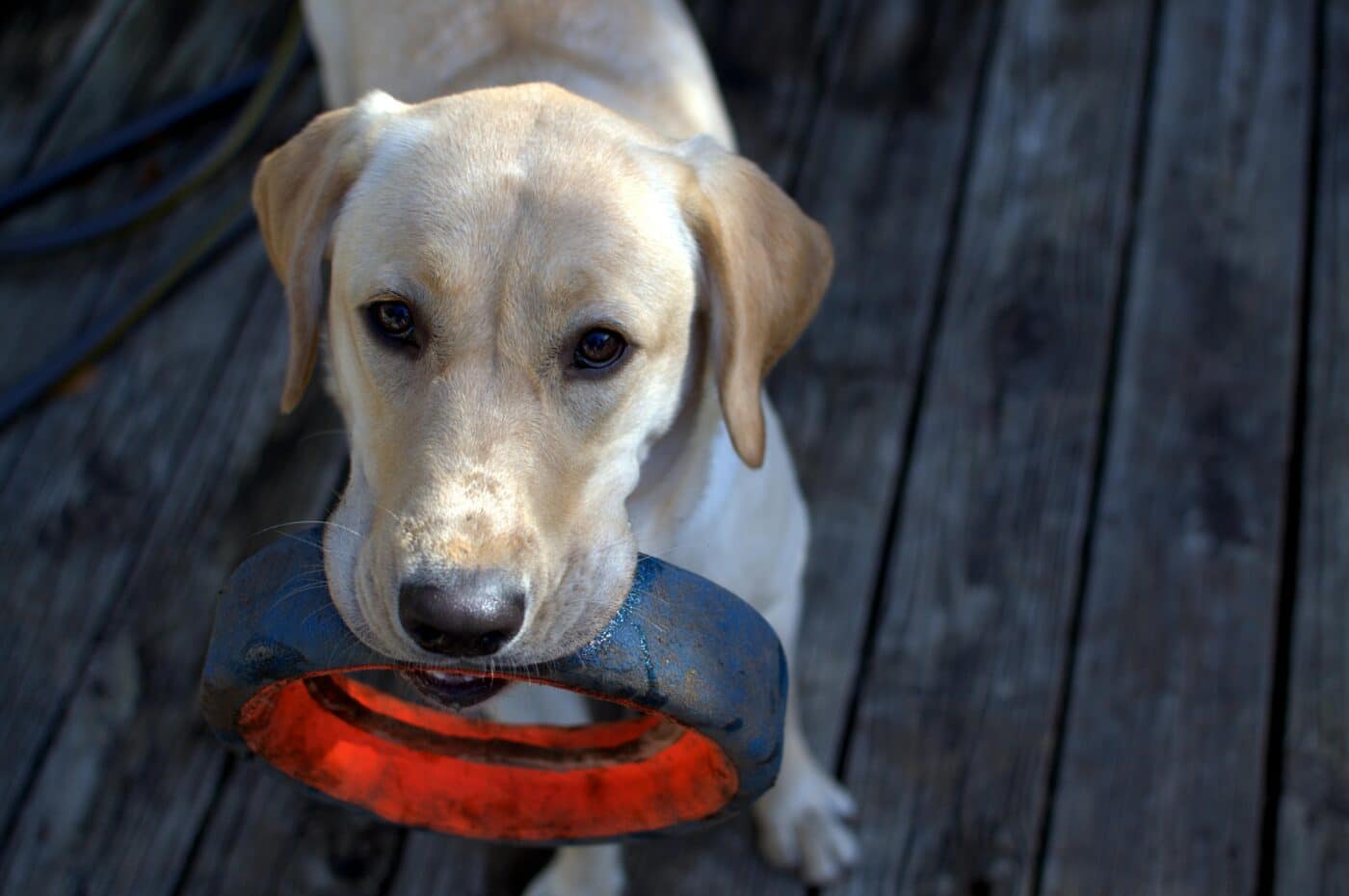 Shutterstock
Shutterstock
When your dog brings you a toy, they’re not just showing off their favorite possession—inviting you to play or asking for attention. This behavior also shows trust; they share something valuable with them. Whether it’s a squeaky toy or an old tennis ball, when your dog drops it at your feet, they say, “Let’s have some fun!”
Staring Intently
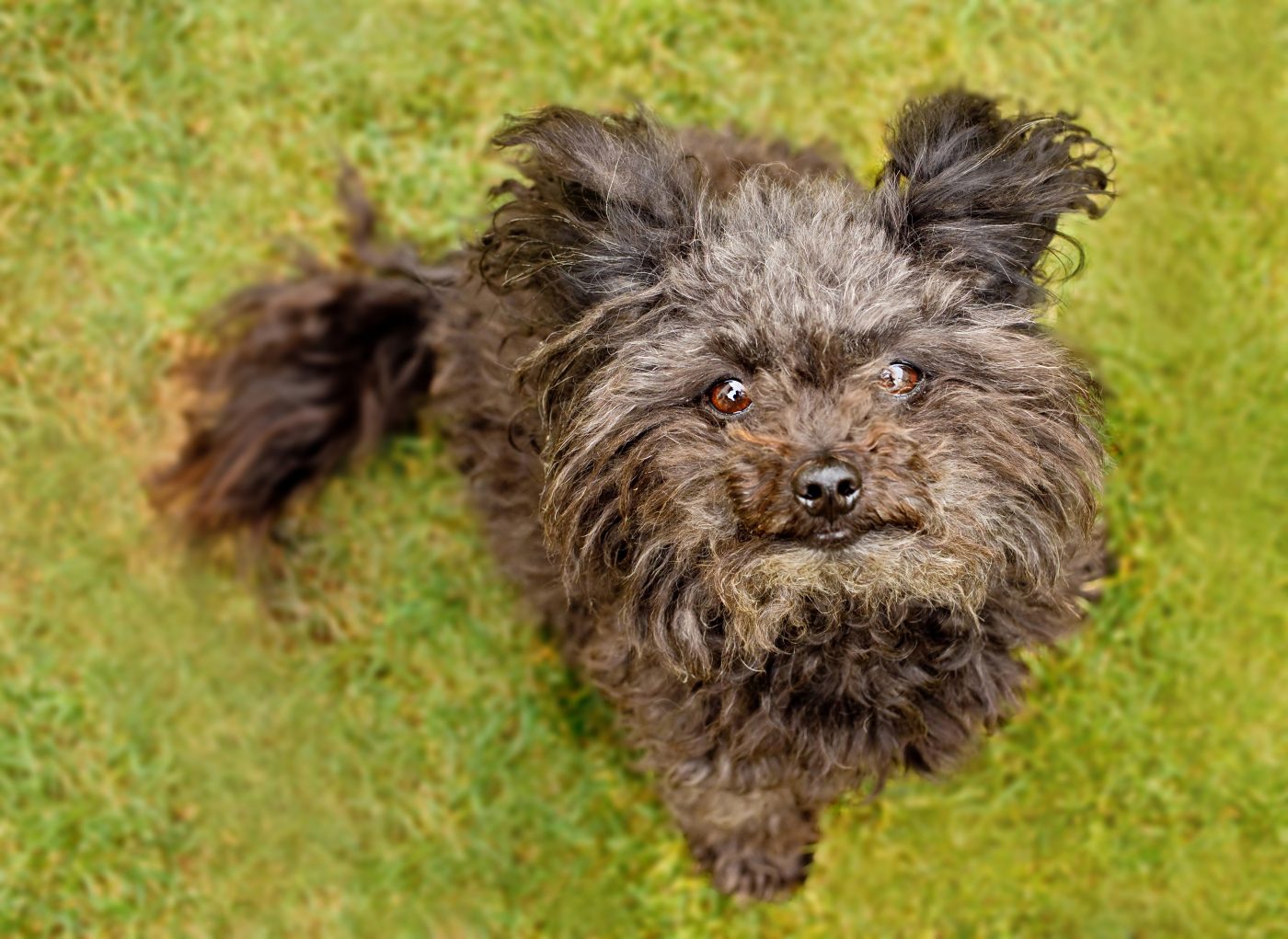 Shutterstock
Shutterstock
A dog’s stare can sometimes feel intense, but more often than not, it’s their way of asking for something. Whether waiting for dinner, a walk, or affection, dogs often fixate on you when hoping for a response. However, a soft, lingering stare can also signify love and bonding, like eye contact between humans.
Raised Hackles
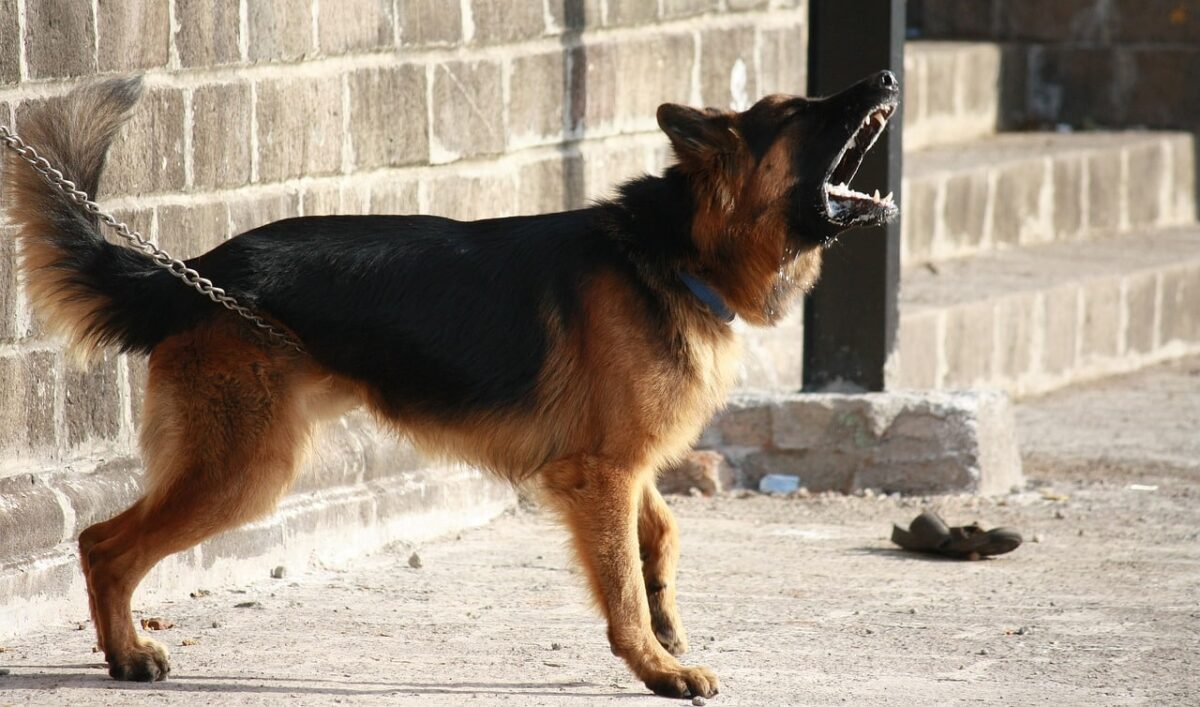 Shutterstock
Shutterstock
When a dog’s hackles— the fur along their spine—stand up, it’s usually a sign that they feel agitated, excited, or even fearful. This involuntary reaction can occur during stress, uncertainty, or when they sense something threatening. Raised hackles don’t always mean aggression, but they’re definitely a signal that your dog is on high alert.
Tail Tucking
 Shutterstock
Shutterstock
A tucked tail is a sign of fear or submission. When a dog tucks their tail between their legs, they feel insecure or threatened. This body language is often accompanied by other signs of nervousness, such as cowering or avoiding eye contact. If your dog is tucking their tail, reassuring them and creating a sense of safety is important.
Sitting on Your Feet
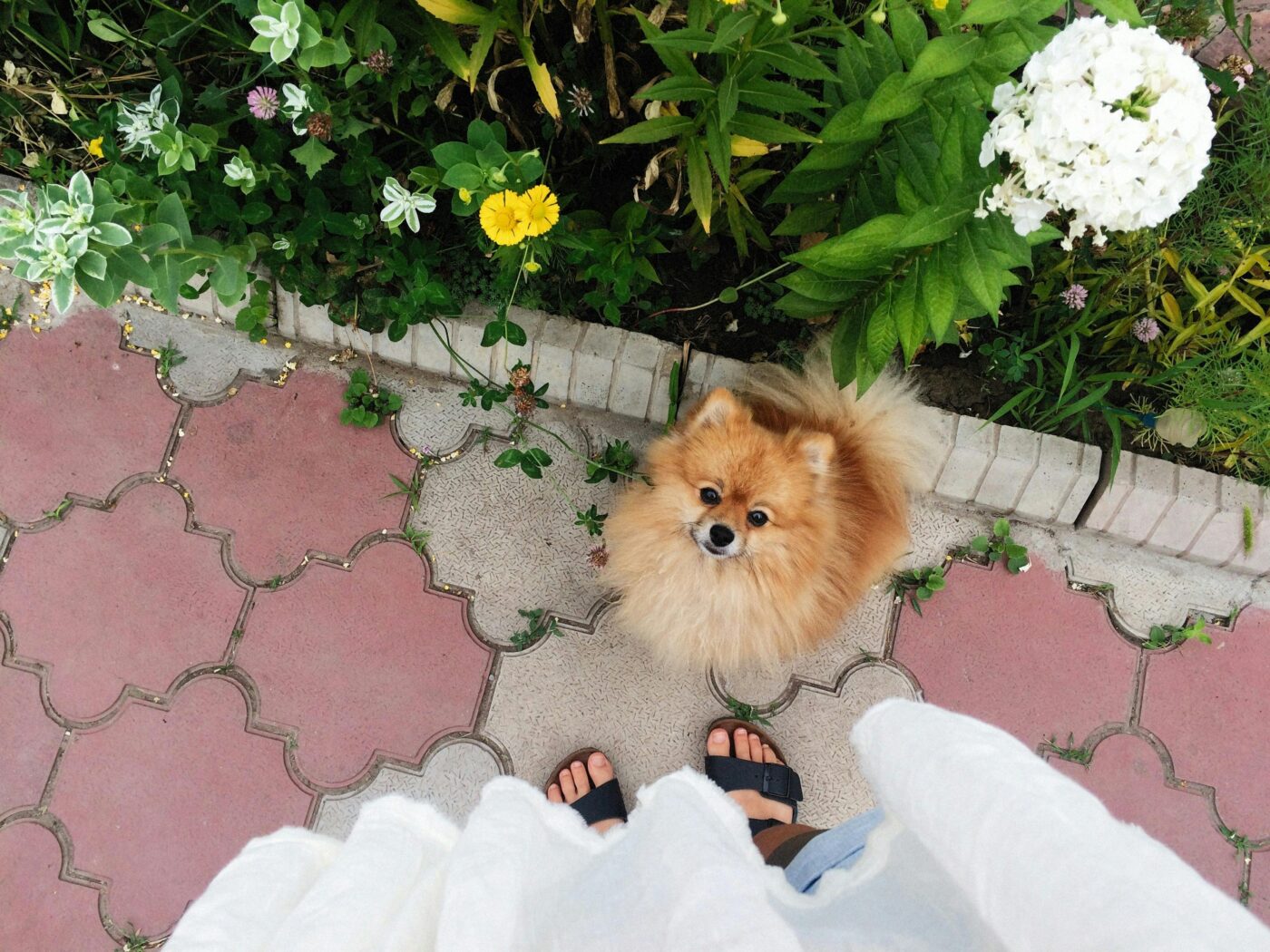 Shutterstock
Shutterstock
Some dogs love to sit or lay on their owner’s feet, not just because they want to keep warm! This behavior often indicates a desire for closeness and security. By sitting on your feet, your dog claims you as their safe spot and ensures they’re always close enough to you. It’s also a sign of affection and trust—plus, who wouldn’t love having a furry foot warmer?
Snuggling After Eating
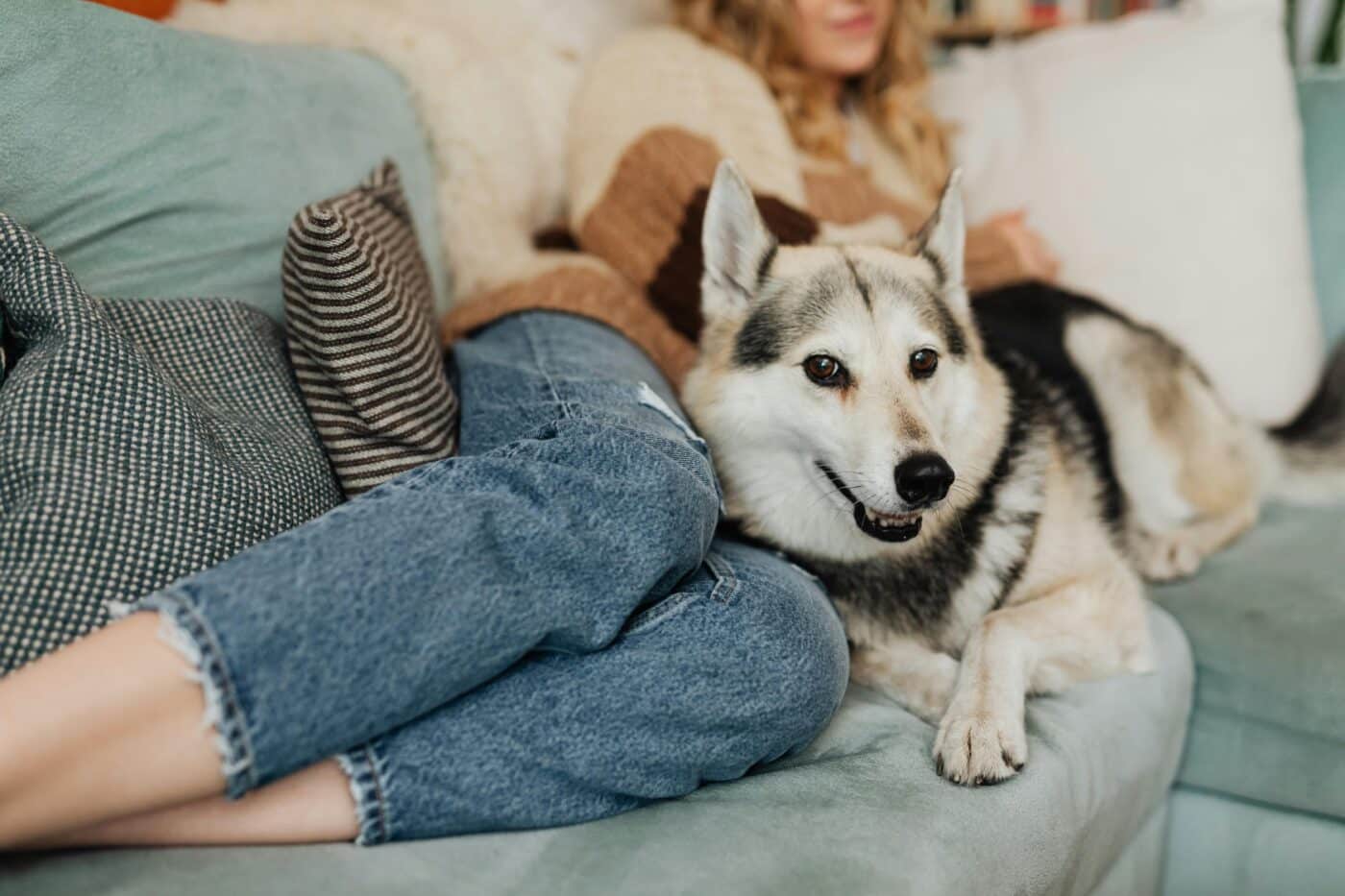 Shutterstock
Shutterstock
If your dog comes over for a snuggle session right after eating, it’s a clear sign of affection and contentment. In the wild, wolves often huddle together after a meal to strengthen their bonds, and domestic dogs display similar behavior. When your dog curls up next to you after dinner, they tell you they feel safe, loved, and satisfied.
Stretching in Your Direction
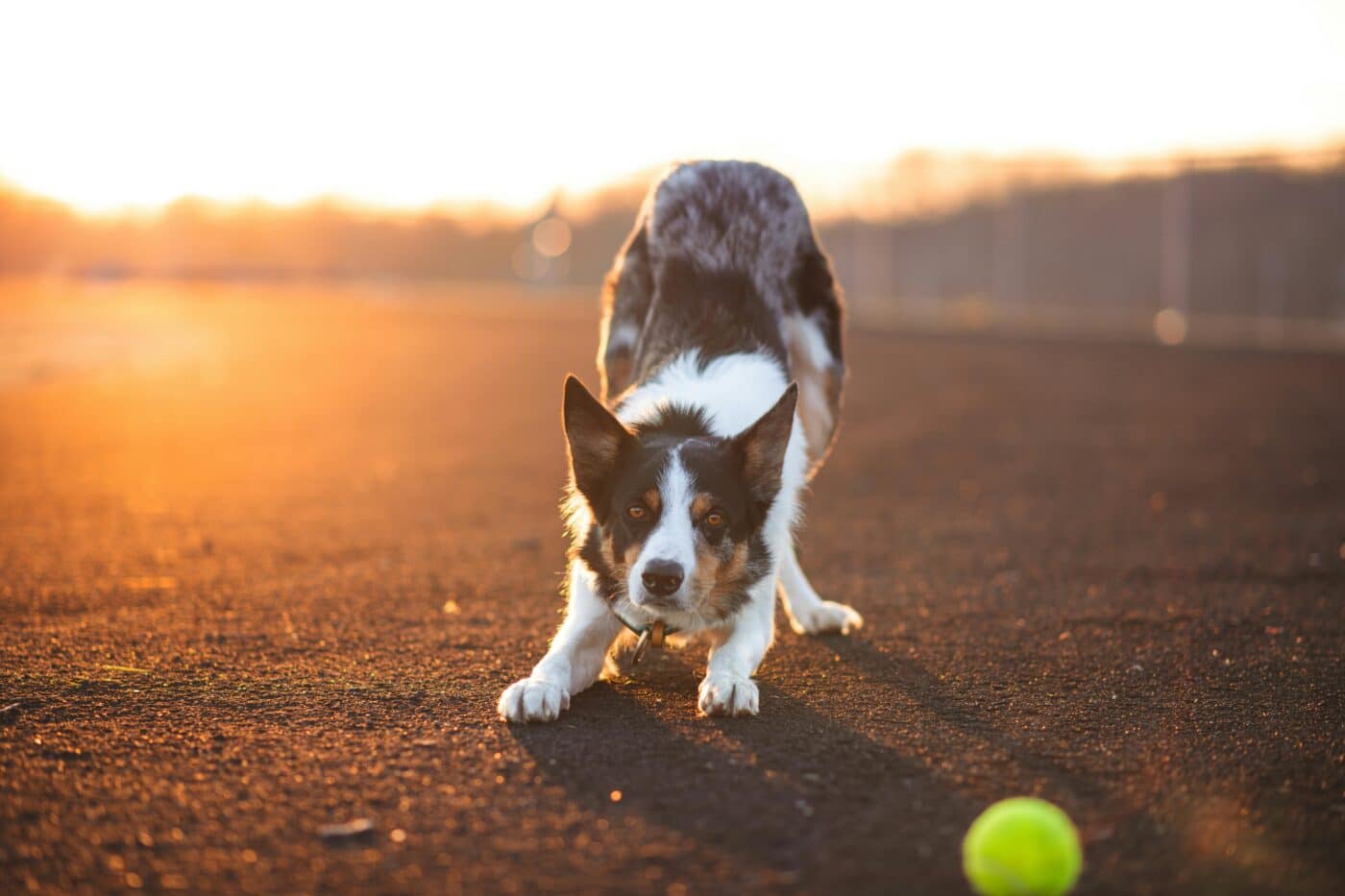 Shutterstock
Shutterstock
When a dog stretches in your direction, it’s often a way of saying “hello” or showing affection. This stretch is different from a typical stretch they might do after a nap, as it usually involves them bowing slightly while keeping eye contact or glancing your way. This form of body language is called a “greeting stretch,” and it’s a friendly, relaxed gesture that indicates trust and comfort. Dogs may also stretch towards you as a way of inviting interaction or play. When your dog stretches in your direction, it’s their way of saying they’re comfortable and happy to be in your presence.
Flicking Their Tongue
 Shutterstock
Shutterstock
A quick flick of the tongue, often called a “tongue flick,” is a subtle way dogs express their emotions. If a dog flicks their tongue quickly in and out of their mouth while looking at you, they might be feeling a bit anxious or unsure. This behavior is often seen in situations where a dog is trying to communicate that they’re not a threat and want to avoid conflict. In more relaxed settings, it can also be a way of showing appeasement or gentleness, like a calming signal. Paying attention to this subtle gesture can help you understand when your dog might need a little extra comfort or reassurance.
Exposing Their Belly (Without Rolling Over)
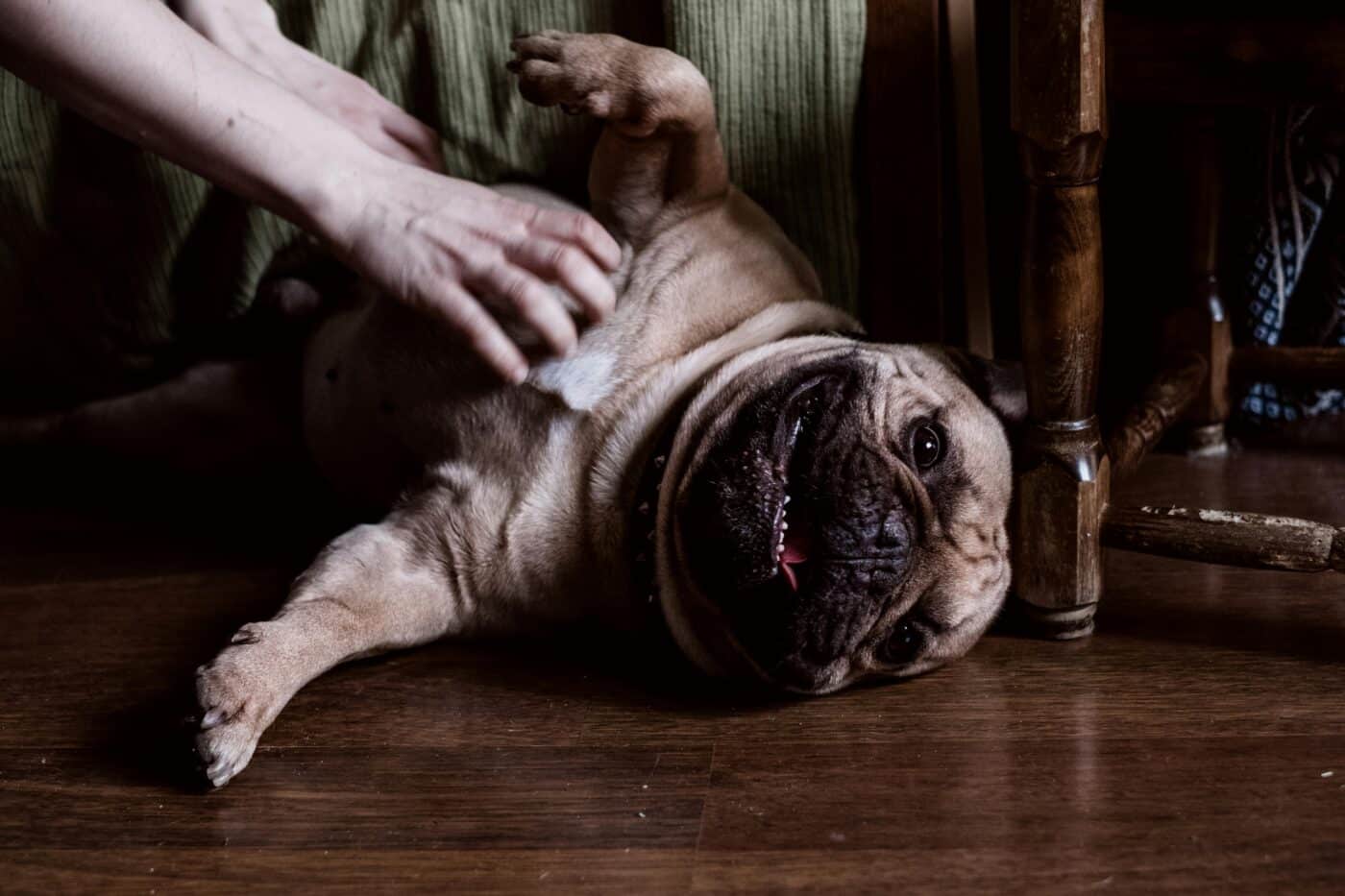 Shutterstock
Shutterstock
Dogs sometimes expose their belly while lying on their side as a way to show relaxation and trust. Unlike rolling over fully, this gesture is less about wanting belly rubs and more about signaling that they feel safe. When a dog lies on its side with the belly partly exposed, it’s a sign of comfort and vulnerability, a way of showing they’re at ease. This position often signals that your dog feels secure in your presence and is relaxed enough to let their guard down. If your dog often lounges this way around you, it’s a silent testament to their deep trust in you.
Sitting with Their Back to You
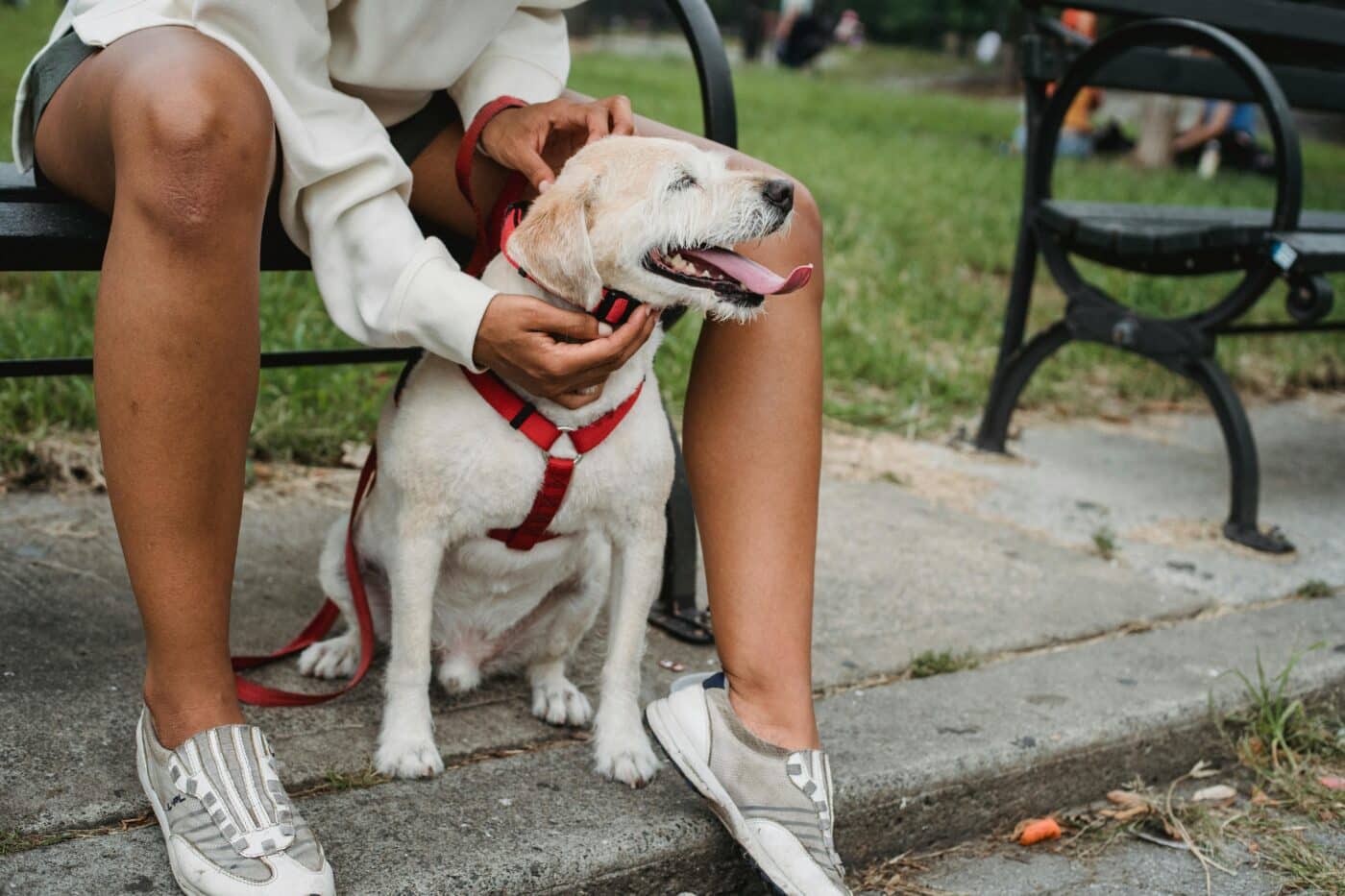 Shutterstock
Shutterstock
When a dog sits with their back facing you, it’s not a sign of disregard—it’s actually a display of trust. This behavior, sometimes called a “backward sit,” indicates that your dog feels safe enough to turn away, knowing they don’t need to keep an eye on you. Dogs have an instinct to be aware of their surroundings, so if they’re willing to face the other way, it means they’re confident and comfortable around you. Additionally, this posture can also be a way of offering protection, a dog’s way of showing they’re watching out for any potential threats while you’re together.
Flicking Their Ears Back Briefly
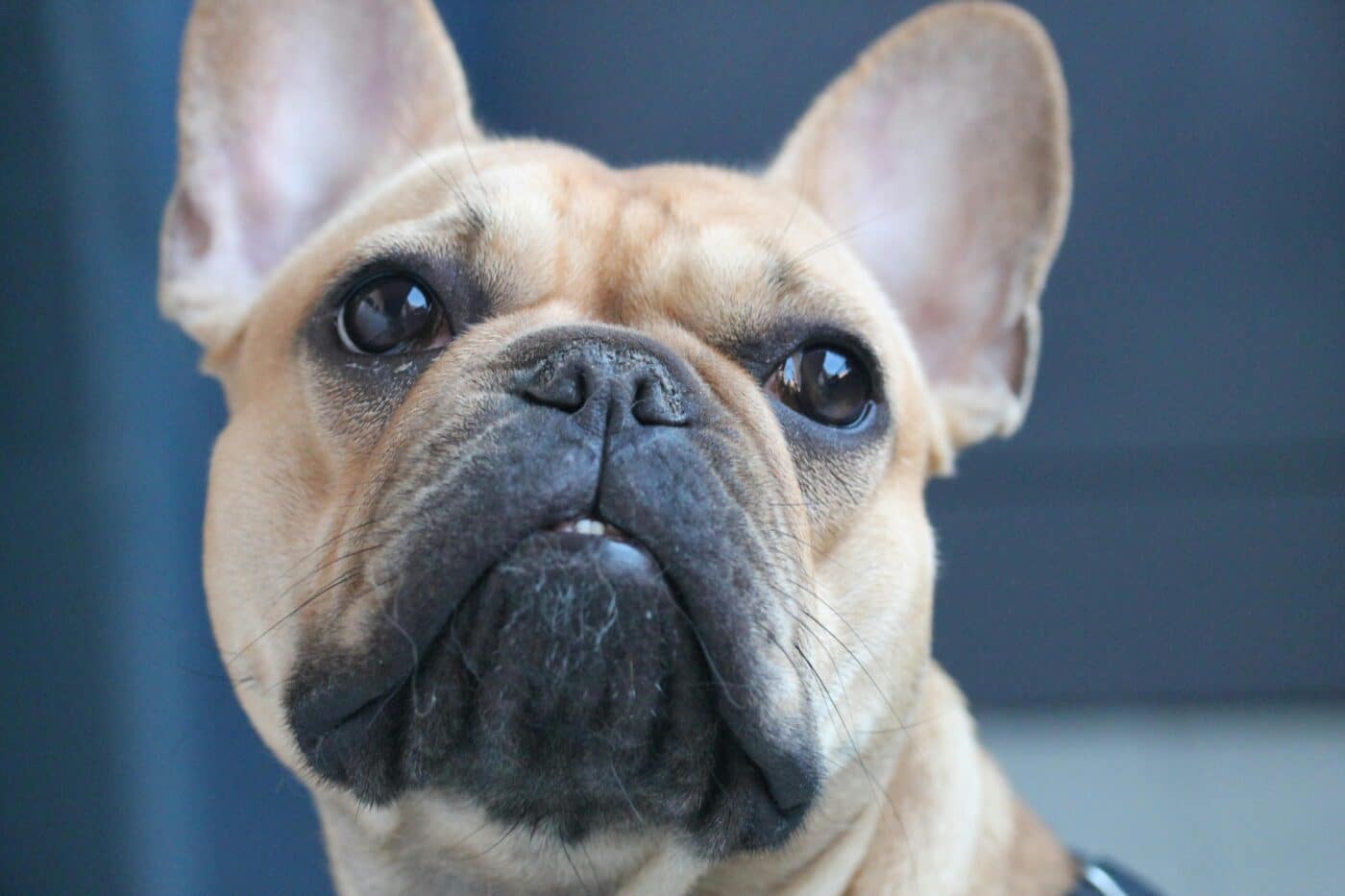 Shutterstock
Shutterstock
When a dog briefly flicks their ears back, it’s a subtle way of signaling attentiveness or curiosity. This ear movement is a quick response to something in their environment, and it may indicate that they’re assessing a new sound, smell, or sight. Dogs will often do this flick to acknowledge a stimulus without necessarily being alarmed, and it shows that they’re engaged with their surroundings. If your dog flicks their ears back toward you briefly, it’s likely their way of acknowledging your presence or something you’ve done. This quick ear flick is a subtle but clear way dogs communicate curiosity or acknowledgment.
Sitting and Lifting One Paw
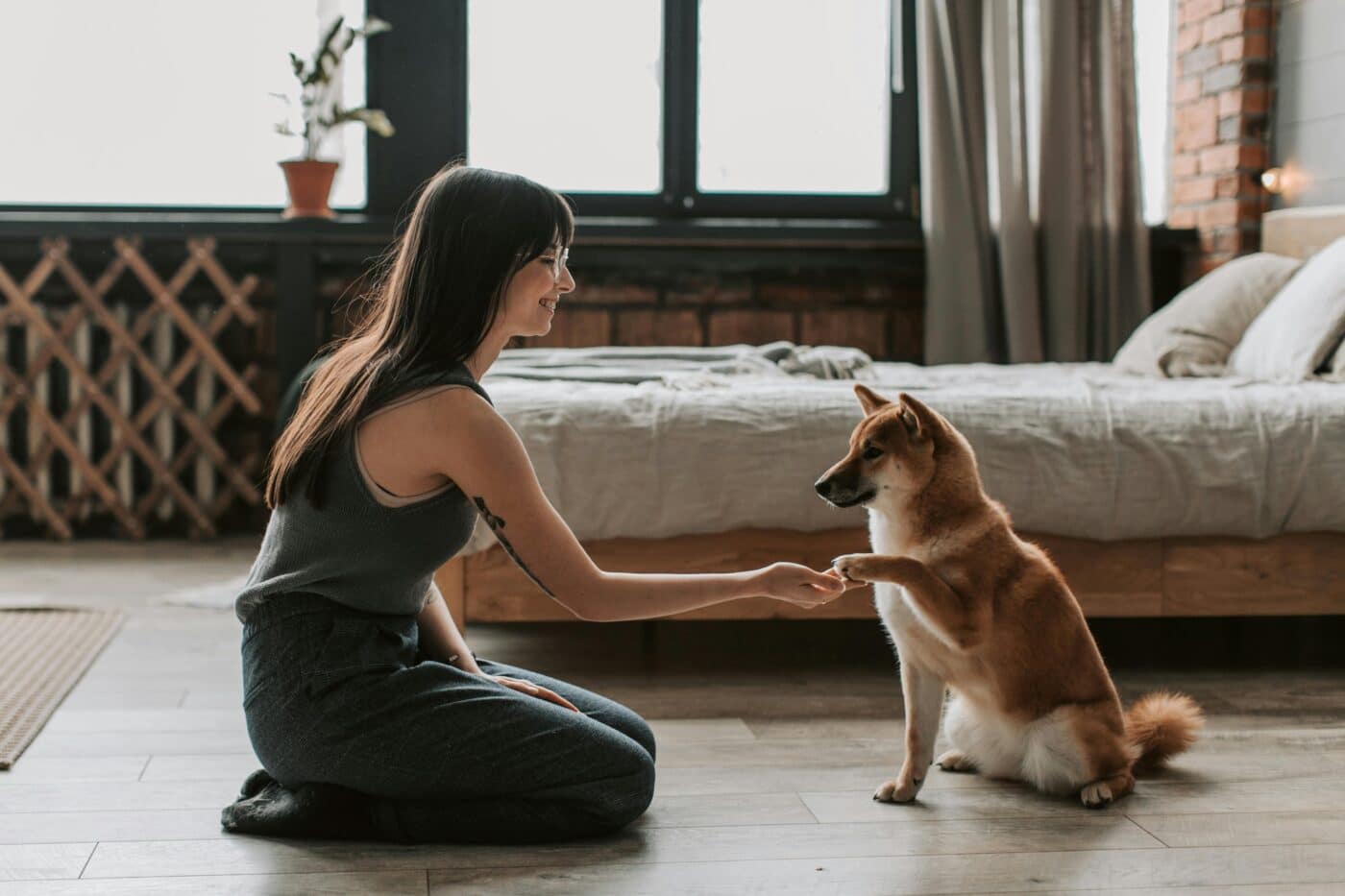 Shutterstock
Shutterstock
When a dog sits and lifts one of their front paws, it’s a common gesture that can indicate a mix of curiosity, focus, or anticipation. Originally seen in hunting breeds as a way to signal readiness or concentration, many dogs will lift a paw to show they’re interested in something or someone. This position often indicates that your dog is waiting for a cue from you or is excited about what’s happening next. It’s an endearing way dogs express anticipation or eagerness, showing that they’re engaged and paying close attention to what’s going on around them.
The “Unspoken” Truth About Your Dog’s Communication
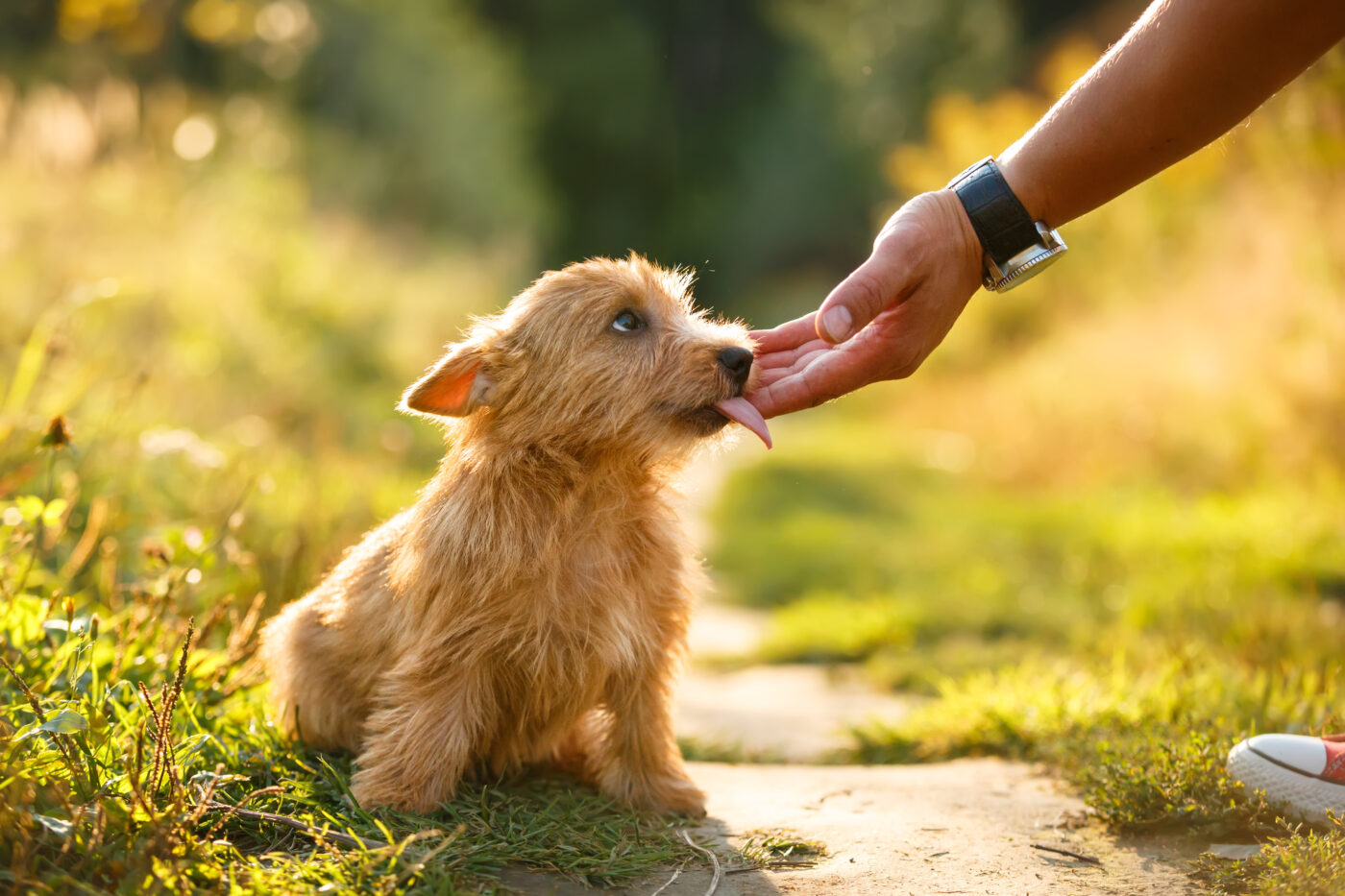 Shutterstock
Shutterstock
Dogs may not use words, but they can communicate their feelings! Whether through a wag of the tail, a gentle nudge for comfort, or that adorable head tilt, our canine companions have perfected the art of non-verbal expression. Every gesture carries a message, and they often say more than we might realize. So, the next time your dog gives you “the look,” remember—they’re trying to tell you something important. And yes, likely, they’re still hoping for that treat you’re holding!
 Toledo, United States.
Toledo, United States.